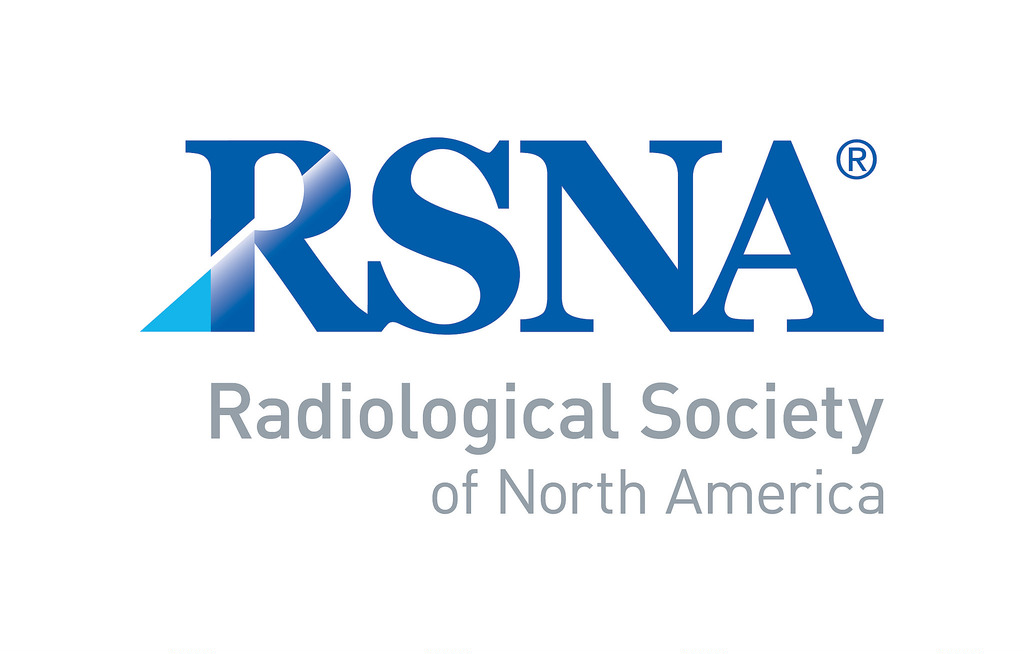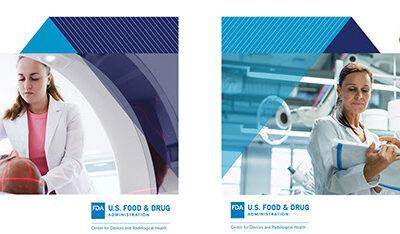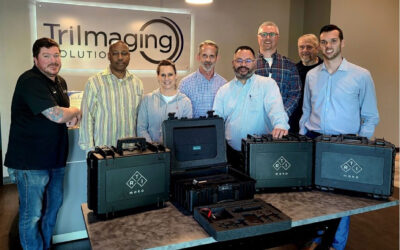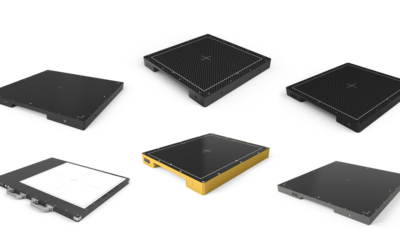 The Radiological Society of North America (RSNA) has published an expert consensus statement on reporting chest CT findings related to COVID-19. The statement, published today in Radiology: Cardiothoracic Imaging, is endorsed by the RSNA, the American College of Radiology and the Society of Thoracic Radiology.
The Radiological Society of North America (RSNA) has published an expert consensus statement on reporting chest CT findings related to COVID-19. The statement, published today in Radiology: Cardiothoracic Imaging, is endorsed by the RSNA, the American College of Radiology and the Society of Thoracic Radiology.
“We believe it is important to provide radiologists and referring providers guidance and confidence in reporting these findings and a more consistent framework to improve clarity,” said Suhny Abbara M.D., editor of Radiology: Cardiothoracic Imaging and professor of radiology and chief of the Cardiothoracic Imaging Division at UT Southwestern Medical Center in Dallas, Texas. “Clear evidence-based communication among health care providers, including radiologists, is imperative to improving patient care during this pandemic.”
Coronavirus disease 2019 (COVID-19), caused by severe acute respiratory syndrome coronavirus 2 (SARS-CoV-2), has become increasingly prevalent worldwide, reaching a pandemic stage in March 2020.
While routine screening CT for the identification of COVID-19 pneumonia is currently not recommended by most radiology societies, the number of CTs performed in patients under investigation for COVID-19 has increased. Some patients may have incidentally detected findings that could be attributable to COVID-19 pneumonia, requiring radiologists to decide whether to mention COVID-19 specifically as a differential diagnostic possibility.
COVID-19 pneumonia, which has a high mortality rate among the elderly and those with diabetes, hypertension, and other comorbidities, is spreading rapidly in communities. As a result, including “COVID-19” frequently in radiology report could trigger a cascade of events including infection control measures and anxiety for both the clinician and patient. Importantly, CT imaging features of COVID-19 can overlap significantly with other causes of acute lung injury and pneumonia, complicating interpretations.
The consensus statement, developed by experts at nine U.S. academic medical centers, aims to help radiologists recognize findings of COVID-19 pneumonia and provide guidance on reporting CT findings potentially associated with COVID-19, including standardized language to reduce reporting variability.
Standardized reporting language will improve communication with referring providers and has the potential to enhance efficiency and reduce anxiety in management of patients during the pandemic.
The paper discusses the potential role of CT in COVID-19, parameters for structured reporting, and the pros, cons and limitations of adopting this strategy.
Because practice patterns may vary by institution, the document is meant to serve as a guide. The authors recommend that radiologists consult with clinical colleagues at their institutions to establish a consensus reporting approach.
References:
“Radiological Society of North America Expert Consensus Statement on Reporting Chest CT Findings Related to COVID-19. Endorsed by the Society of Thoracic Radiology, the American College of Radiology, and RSNA.” Scott Simpson D.O., and Harold Litt, M.D.-Ph.D., Department of Radiology, Perelman School of Medicine of the University of Pennsylvania, Philadelphia; Fernando U. Kay M.D., Ph.D., and Suhny Abbara M.D., University of Texas Southwestern Medical Center, Dallas; Sanjeev Bhalla, M.D., Mallinckrodt Institute of Radiology, Washington University School of Medicine, St. Louis; Jonathan H. Chung, M.D., Department of Radiology, University of Chicago Medicine; Michael Chung, M.D., Department of Diagnostic, Molecular and Interventional Radiology, Icahn School of Medicine at Mount Sinai, New York; Travis S. Henry, M.D., Department of Radiology and Biomedical Imaging, University of California San Francisco; Jeffrey P. Kanne, M.D., Department of Radiology, University of Wisconsin School of Medicine and Public Health, Madison; Seth Kligerman, M.D., Department of Radiology, University of California San Diego; and Jane P. Ko M.D., Department of Radiology, New York University Langone Health.
Radiology: Cardiothoracic Imaging is edited by Suhny Abbara, M.D., University of Texas Southwestern Medical Center, Dallas, and owned and published by the Radiological Society of North America, Inc. (https://pubs.rsna.org/cardiothoracic-imaging)








